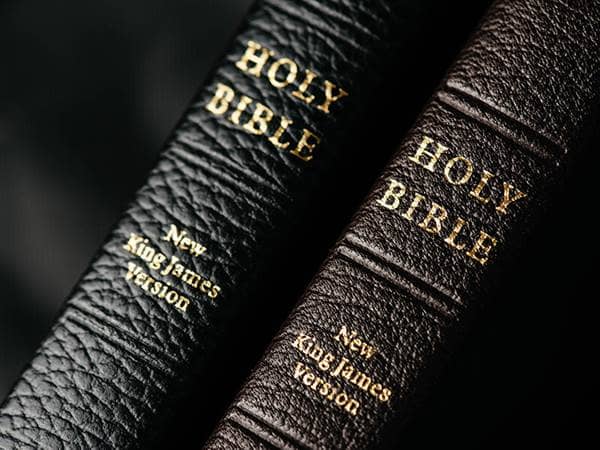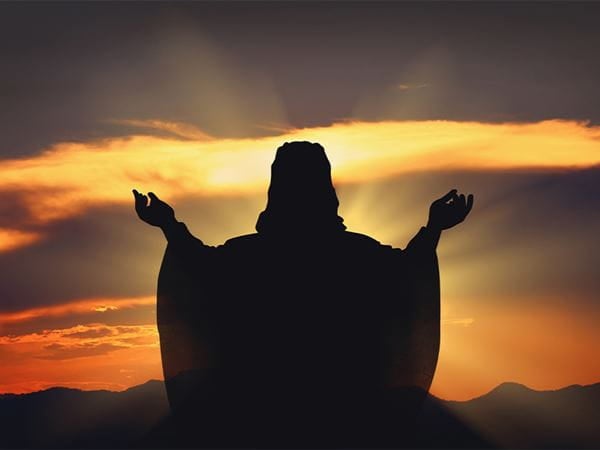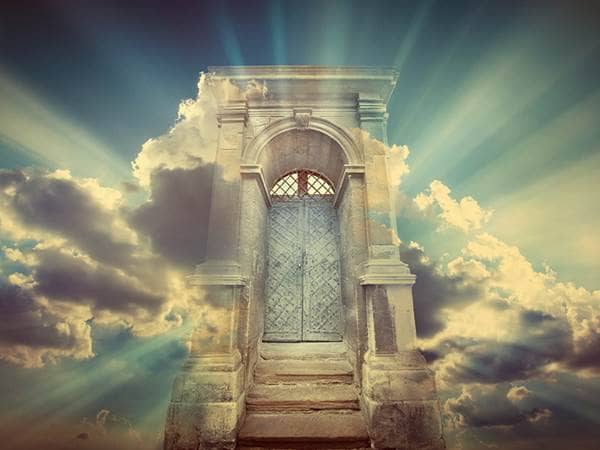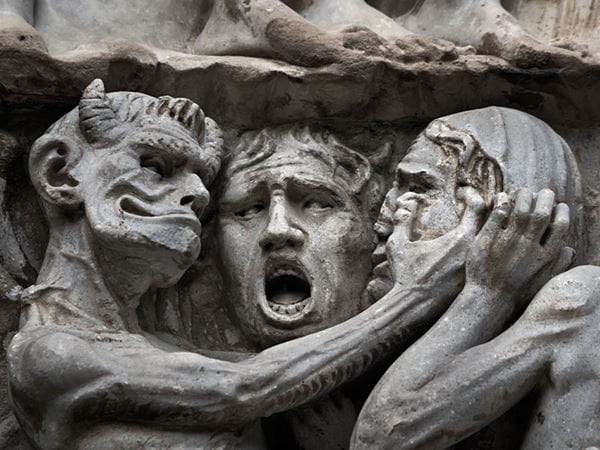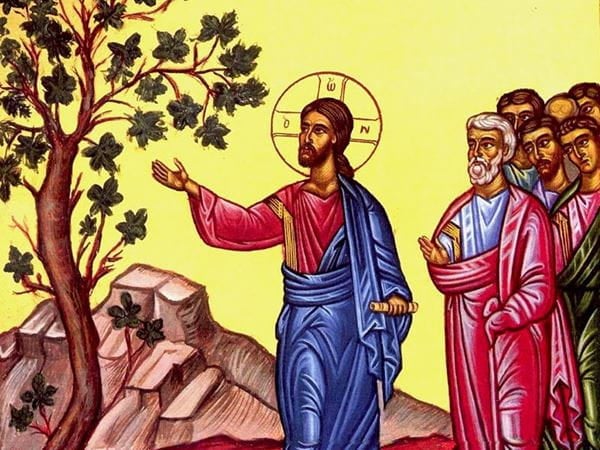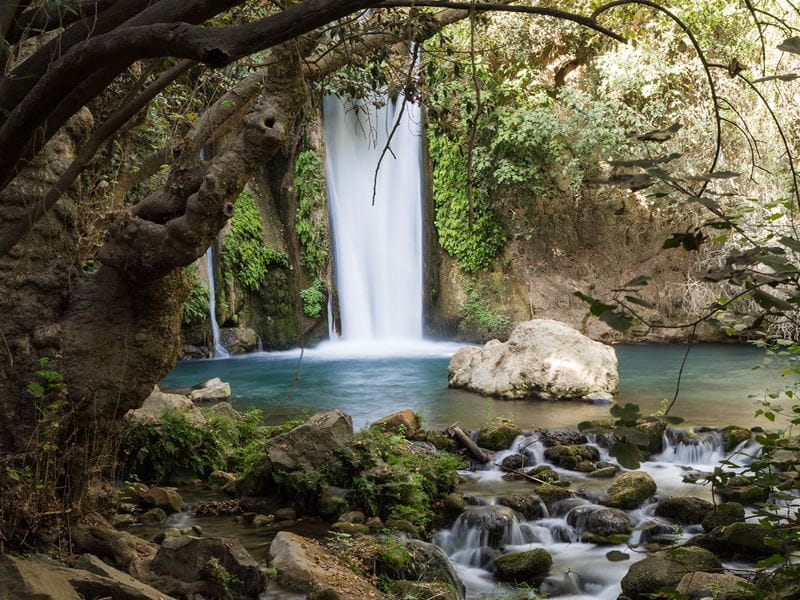
- Trending:
- Pope Leo Xiv
- |
- Israel
- |
- Trump
- |
- Social Justice
- |
- Peace
- |
- Love
The 100 Most Holy Places On Earth
Jordan River

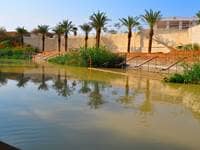
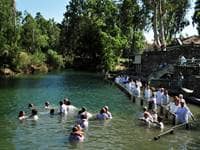
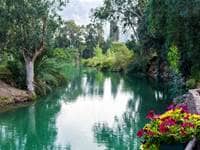
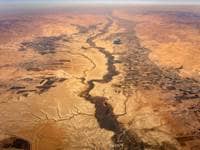
Associated Faiths:
Accessibility:
Open to visitors.
Annual Visitors: 600,000.
History
The River Jordan is a 156-mile-long waterway that runs essentially north to south, passing through the Sea of Galilee (also known as Lake Tiberius) and down to the Dead Sea. To the west of the river is the West Bank and Israel, and to the East is the nation of Jordan and the Golan Heights. For Jews, this site is sacred because it is the location where ancient Israel crossed into the “Promised Land.” For Christians, the river’s holiness is to be found in the fact that this is the body of water in which John the Baptizer baptized Jesus (prior to the start of His mortal ministry).
Because of the river’s length, identifying the exact location of Israel’s crossing or Jesus’ baptism is essentially impossible. As to the latter of these two events, the Gospel of Saint John gives some slight specifics helping to narrow down the location of the baptism. The first chapter of that Christian text indicates that John was baptizing “in Bethabara beyond Jordan.” That specific portion of the River Jordan marks the boundary between Israel and the kingdom of Jordan.
Until the current century, the Jordan was Israel’s largest, most relied upon source of water. Today, water from the Mediterranean is the primary source. Because of the 1953 National Water Carrier, the flow of the Lower Jordan has been drastically reduced. In addition, pollution of the Jordan has increased (due to contamination by agricultural fertilizer, untreaded wastewater, and high salinity levels). Today, it is a disgusting dark green color, and is hardly fit for use. So significant have been the issues since the 1953 diversion of the upstream waters, that the Jordan’s flow was actually a significant contributing factor to the 1967 Six-Day War.
All of that being said, though the waters are clearly polluted and also much lower than in biblical times, this site has become both a popular pilgrimage site for Christians, and also a popular spot in which to baptize believers. On any given day, tourists visiting the site will find individuals or groups—usually dressed in white—entering the Jordan’s green waters to engage in baptism by immersion. Imitating the pattern established by Jesus (in the New Testament), mostly protestant Christians will gather to this holy River to commit their lives to Christ.
Religious Significance
Because the scriptural canon of Christianity attests to the fact that Jesus was baptized in the River Jordan, this site is perceived as holy by pilgrims who make a trek there. In the eyes of many Christians, and particularly those of the High Church traditions, that which Christ touched or visited is sanctified by His presence. The Jordan River seems to be no exception. Hundreds of thousands of Christians flock there each year, to see, to feel, and perhaps even to engage in the rite of baptism themselves. Because Christ was holy, many feel that this spot is holy.
As one of the seven sacraments of the Roman Catholic and Eastern Orthodox traditions, and as one of the two sacraments accepted by most Low Church protestant denominations, baptism is seen as important in most Christian traditions. While, in High Church traditions, it is typically seen as a salvific rite, many Low Church traditions simply see it as a valuable “outward sign of an inward commitment.” Nonetheless, because of the biblical precedent for this ordinance, most Christians participate in it—whether in their infancy or as adults. While the Bible never suggests that any given place is more appropriate for baptism than another, for sentimental reasons, Christians who are able often find the River Jordan a more meaningful place to be baptized, when compared to some modern font.
Because the Greek word translated as “baptize” means literally to be “immersed” or “submerged,” Christians who believe that baptism necessarily should be by immersion look for deep bodies of water in which to perform this sacramental rite. For centuries, pilgrims have been making their way to this hallowed spot—approximate to where Jesus was baptized—to follow His triple example in [1] being baptized, [2] doing so by immersion (as He was), [3] and in being baptized by one with a divine mission (as had John the Baptizer). Thus, the Jordan river is seen my many Christians as the “seal” on an authentic baptism because it provides the opportunity to be baptized in much the say way as Jesus was.
Symbolically speaking, today—because of irrigation projects upstream—the river is highly polluted and is less than ten feet wide. Pointing out the contaminated nature of the Jordan River—and paraphrasing Acts 1:5—one Catholic Priest said: “For John truly baptized with water; but ye shall be baptized with cholera!” Sadly, this sacred site (for Christians) hardly looks sacred and is certainly no longer picturesque (as it would have been in Bible times). The waters are almost repelling rather than inviting. And the corruption of the Jordan may be a meaningful symbol for what the modern secular world has done to religion generally speaking. Distorted and contaminated by the philosophies of the world, rejecting so much of what Jesus Himself taught, the Jordan reminds us that the definition of being “Christian” in the minds of many has dramatically shifted from what it once was, and perhaps from what God actually intended as well. Consequently, just as the Jordan needs a serious “cleaning up,” many Christians need to seriously “clean up” their lives and their commitment to Christ and His commandments—lest this largest of all religions be as repelling to non-Christians as the Jordan river is to those who appreciate fresh water!


